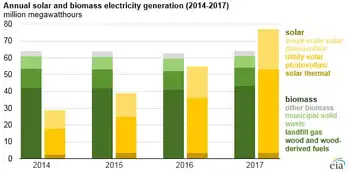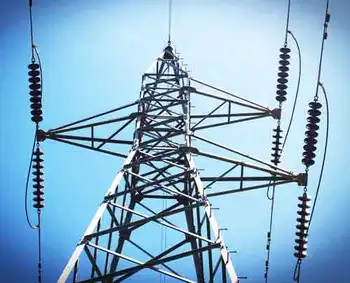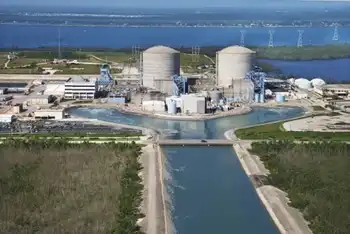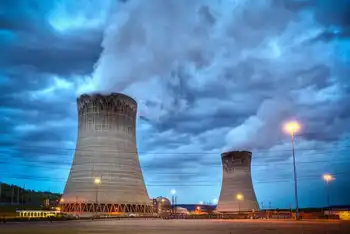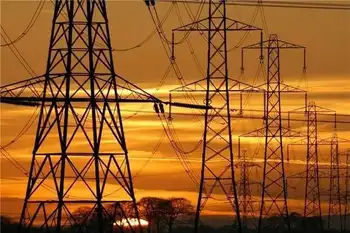Invenergy sells half of future output to regional power grid
By McClatchy-Tribune
CSA Z462 Arc Flash Training - Electrical Safety Essentials
Our customized live online or in‑person group training can be delivered to your staff at your location.

- Live Online
- 6 hours Instructor-led
- Group Training Available
Although Independent System Operator New England, the entity that manages the regional electric system, agreed to buy 485 megawatts from what has been dubbed the Clear River Energy Center, that amount falls far short of the facility's total projected generating capacity, which could amount to 1,000 megawatts.
John Niland, director of business development for Chicago-based Invenergy, described ISO-NE's decision to buy power from the proposed facility as a good sign for the $700 million project and said his firm would offer additional capacity in the auctions in coming years as older power plants are retired.
"It demonstrates that there certainly is a need for the project," Niland said in an interview.
But the Conservation Law Foundation, a regional environmental group that opposes the power plant, is pointing to the auction results that were released on Thursday as a signal that Invenergy overestimated the need for the massive new facility, which is currently going through permitting before state regulators.
With a clearing price this year that was 25 percent lower than last year's auction, demand for new generating capacity was not as high as some expected, said Jerry Elmer, a staff attorney in CLF's Providence office.
"That means there's no acute shortage of capacity," Elmer said. "And this plant is not as badly needed as Invenergy is telling the region." Selling power is a critical piece of developing any energy project. Despite selling only a portion of the Burrillville facility's generating capacity, Niland said that financing the project won't be a problem.
He would not say how much power his company offered in the auction and would not comment at length on the clearing price of $7.03 per kilowatt month.
"The price that was set is something that we can live with," he said. ISO-NE buys power three years in advance of when it's needed. The auction that ended on Monday secured capacity for 2019-2020. Of the 34,151 megawatts that was procured, about 1,400 megawatts came from new projects, including the Burrillville plant.
"Developers were drawn to the New England marketplace because the price of capacity supports construction of new resources," Gordon van Welie, president and CEO of ISO-NE, said in a statement.





